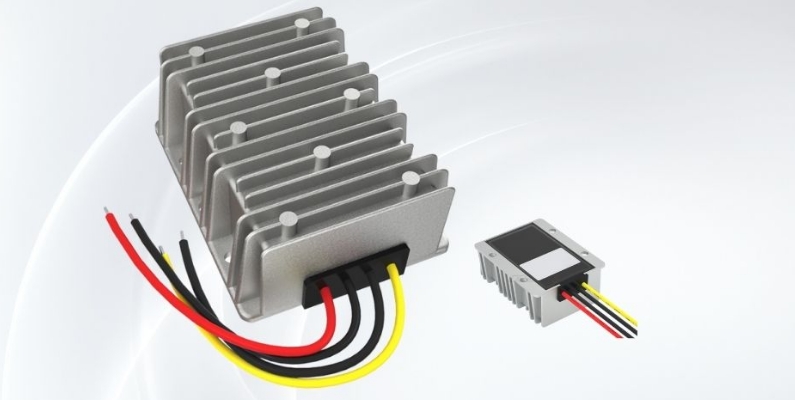
Elevators are responsible for transporting millions of people every day, so ensuring their safe operation is of vital importance. Have you ever wondered what happens when the main power to an elevator fails? Will it fall down the shaft or get stuck between floors? To prevent the elevator from falling, a fail-safe braking mechanism ensures that the elevator car stops immediately when the main power fails. After the elevator car stops, to prevent passengers from being trapped in the elevator before the power is restored, the automatic rescue device (ARD), also known as the elevator emergency power supply, comes into play.
The ARD is a backup power supply unit that continuously monitors the elevator power supply. In the event of a grid fault or line fault that interrupts the input phases of the elevator drive, the elevator may stop unexpectedly. The ARD detects this fault condition and immediately starts to supply power to the elevator drive and sends a fault signal to the elevator controller. The controller then releases the motor drive brake and slowly moves the car to the nearest door. The direction of movement of the elevator car depends on which direction requires the least power to move the car to the door. Once the nearest floor is reached, the elevator doors open and audio/visual indicators indicate that it is safe to leave. After a predetermined time, the elevator doors close again and the power supply to the elevator drive is turned off.

Figure 1 shows the connection from a conventional ARD to an elevator system. The three-phase power supply is connected to the traction drive via a power contactor. The power contactor is interlocked with the ARD contactor to connect the output of the ARD to the traction drive. The interlock ensures that both contactors are not open at the same time, thus avoiding a short circuit in the ARD output power supply. The single-phase output tapped from the power supply is used to power the rest of the elevator system components, such as the controller, door control system, brakes, and safety chains, via a contactor. The contactor is also interlocked with the single-phase output contactor of the ARD. During normal operation, the ARD charges the backup battery and its inverter output is disconnected from the elevator system; when the power is off, the interlock contactor can be opened and the ARD can power the elevator system.
The ARD system shown in Figure 2 has an AC/DC charger power stage that charges the battery. The DC/DC converter boosts the battery voltage, while the DC/AC inverter generates the AC output to power the elevator traction drive and elevator control. The circuit continuously monitors the AC power input for power outages and single-phase conditions and enables or disables the required power stages within the ARD.

The above are some methods on how to use bidirectional DC/DC converters in elevator emergency rescue devices to improve efficiency and reduce costs. In short, bidirectional DC/DC converters can not only improve the efficiency of elevator emergency rescue devices, but also play an important role in reducing operating and maintenance costs. You can also learn more about some DC converter products through the following







